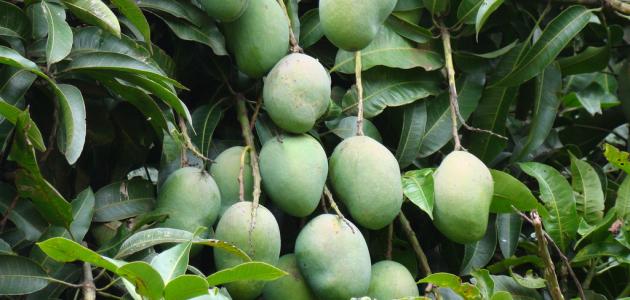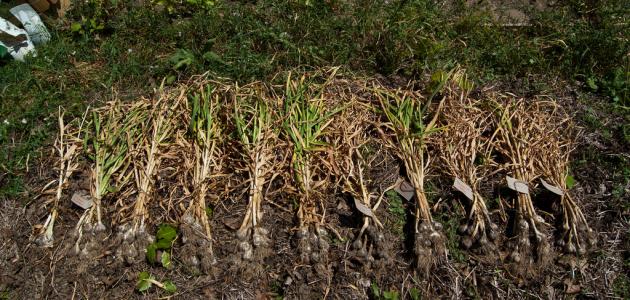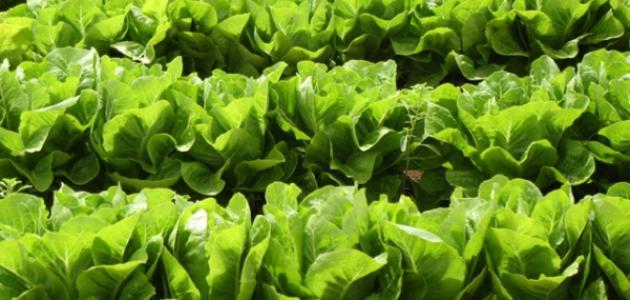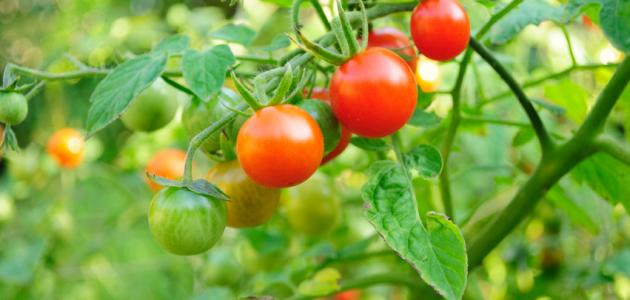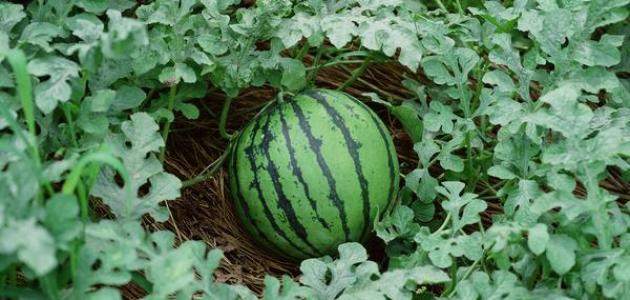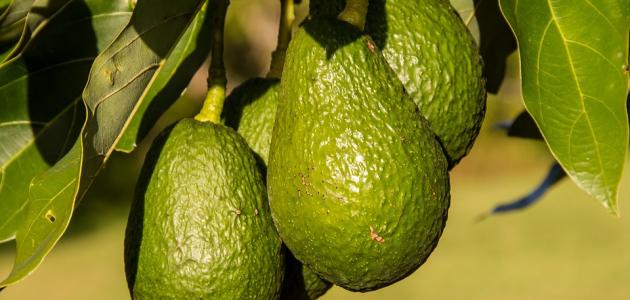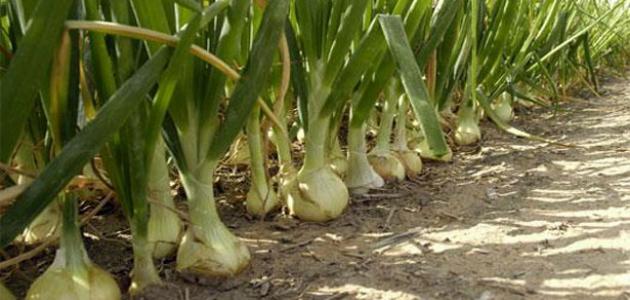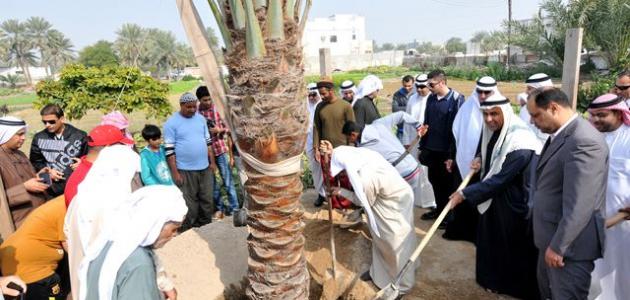Introduction
Almonds are nutritious and delicious trees. They are native to the Middle East and South Asia. Compared to peach and apricot trees, almond trees are difficult to grow without a suitable climate or proper care techniques. Almond trees may struggle to survive, not to mention on the success of its fruition.
Almond tree cultivation
- Make sure that your area has the right conditions for almond trees to grow. Because almond trees originally grow in the hot and dry climate in the Middle East and South Asia, and grow best with hot summers and mild winters, and do not adapt to other conditions well. Almonds usually do not grow at all in colder climates; Unless you have a reserve that you take care of carefully.
- Buying Seeds or Seedlings: You have two options to start growing an almond tree. You can either use seeds (fresh, unprocessed nuts) or cuttings (mature trees). Seedlings are more suitable, but can be more expensive.
If you want to harvest edible almonds, you'll want to be sure to choose seeds or seedlings of the sweet-fruiting sweet almond tree. Keep in mind that bitter almonds are not edible, and that not all sweet almond trees bear fruit. These varieties are suitable only for shade and decoration.
Read also:How are tomatoes grown?- Choose a Sunny Place to Plant Almonds: Almond trees grow well with plenty of sun. Before you start planting, find a spot in your yard or garden that gets plenty of direct sunlight and is free of shade. The almond tree will grow in a pot before being planted in the ground, but it's still important to choose the spot ahead of time.
You will also want to make sure that the water in the chosen spot drains well. Almond trees do not grow well if water collects all over their roots, and this can lead to root rot.
- Seed germination: If you want to grow an almond tree from seeds (which are just almond nuts surrounded by husks for protection), this process begins by germinating the seeds in a controlled environment, and once they start growing, you can plant them in a pot or in the ground.
- Transplanting seedlings or sprouts: If you have purchased a ready-made seedling from a nursery and decided to plant it in your own ground, dig an inch or two and place the seedlings in the center of the hole so that they are below the surface of the soil. This technique helps prevent water pooling around the plant's roots, which can cause serious problems (including root rot).
The fruit of the almond tree
- Expect to wait five years before your almond tree bears fruit; Because it takes a while for almond trees to start producing nuts. This “waiting” is usually a period of about five years, and it depends on the type of trees. There are types that need 12 years for fruiting and the ability to produce almonds; So you have to be patient. And each healthy, mature tree can produce over 40 pounds of nuts in one harvest season! Once the almond tree begins to bear fruit, it will do so every year for approximately 50 years or more, and will ensure that you will have plenty of almonds for years to come.
- Make sure the tree is pollinated: It is important to understand that most almond trees are self-pollinating, but there are varieties that “hypothetically” do not produce almonds. The fruit is usually produced in response to pollination as a method of sexual reproduction. This means that if you do not have self-pollinating almond trees, you will need to pollinate the almond tree by manually transferring pollen to it.
The easiest way to do this is to transfer pollen from one tree to another manually by taking the branch of a male flower bearing pollen to another tree bearing female pollen and rubbing the branch of the male flower into the female tree, this method can take a long time.
Read also:How to grow garlic at home- Grafting non-productive trees with productive trees: If the almond tree, for any reason, is a tree that does not produce almonds, do not worry! There is still hope with a process called grafting. It is actually possible to add a part of the fruit-producing tree to a non-productive tree at all, and once the “graft” is done, this grafted part will have the ability to produce fruit even if the rest of the tree does not produce. . This method is used on the vast majority of some crops such as oranges. Most grafting is done in the spring when the bark is moist and green.
- Harvesting almonds when they are ripe: Almonds are usually harvested between July and October once the outer skin of the fruits has dried and cracked. This is done by shaking the tree and collecting the almonds that fall, taking care to get rid of the rotten ones. Sometimes the fruits may fall without shaking the tree, unless they start to rot. These nuts are still edible. After harvesting, you can freeze the almond peels for 1-2 weeks to kill the remaining pests.
Almond tree care
- Almond trees should be watered generously immediately after they are planted, and almond trees should be watered with at least a gallon of water to thoroughly moisten the soil. This is the first watering right after planting, after which you have to maintain a normal tree watering schedule. In general, almond trees thrive in hot climates, but they are not desert, so watering them is vital to keep the plants growing healthy.
Almonds should be watered at least once a week unless it rains. Established trees can survive if they have two or three inches of water without it raining, but for the plants to grow better they require more water than that.
Read also:The method of cultivation of mallowAlternatively, you may want to use a drip irrigation system. This is an especially convenient option if you have many trees.
Fertilization in the spring
Once the growing season begins, it is appropriate to apply a reasonable amount of fertilizer to increase plant growth (although this is not required). To get young trees, you should apply small doses of nitrogen every few weeks throughout the growing season. This is not required for mature trees, but they do need about 30 pounds of fertilizer (at one time).
No matter what type of fertilizer you use, be sure to water it after applying the fertilizer. Because fertilizers may burn plants, and have a harmful effect on the plant if it is applied without water, or if it is used in an excessive amount at the same time.
Harvesting almonds in the fall
This sour fruit is not common in the Western world, but it is almost popular in the Middle East in the fall season. When these fruits harden, their color turns brown, and a crack occurs in their outer shell; Thus, it is ready to harvest.
There are two types of almond tree: sweet almond trees, and bitter almond trees, the fruits of the latter are not safe to eat. Bitter almonds contain Prussian acid which is a toxic chemical. Just a handful of raw, unprocessed bitter almonds can be potentially fatal. However, it is possible to treat bitter almonds with a filtration process for toxic substances, making them edible.
Prune dead branches in early winter
Winter is the perfect time for pruning; Because the wood is unripe and therefore easy to prune, however, dead or diseased limbs should be promptly removed at any time of the year. To trim the branches, use special garden shears, and use the chainsaw for the more solid branches.
Pruning the almond tree encourages it to grow in a healthy way, and maintains its beauty and attractiveness. In addition, pruning properly makes the tree stronger, more stable, and more resistant to disease.
When pruning in dense areas, you must remove the thin and dry branches, and to eliminate the stains that may appear on the branches, rub two branches against each other, and you must trim the stray branches that grow away from the tree to encourage the tree to grow.

